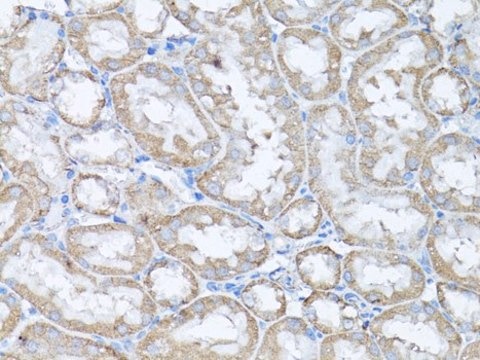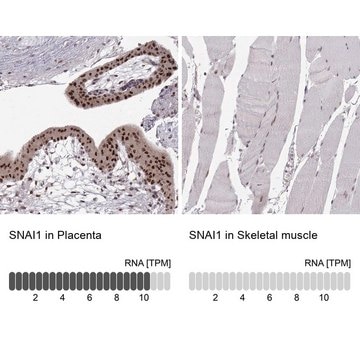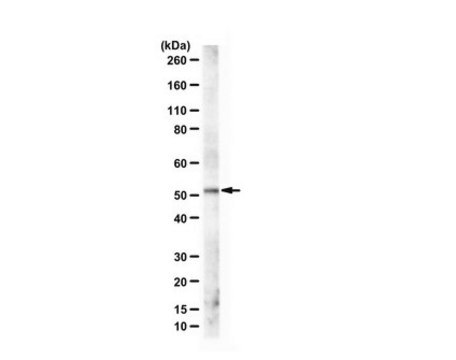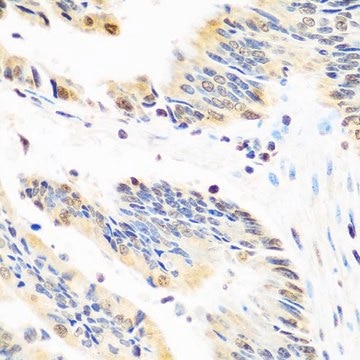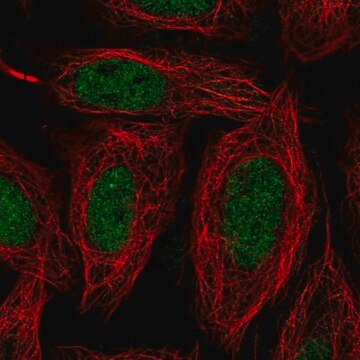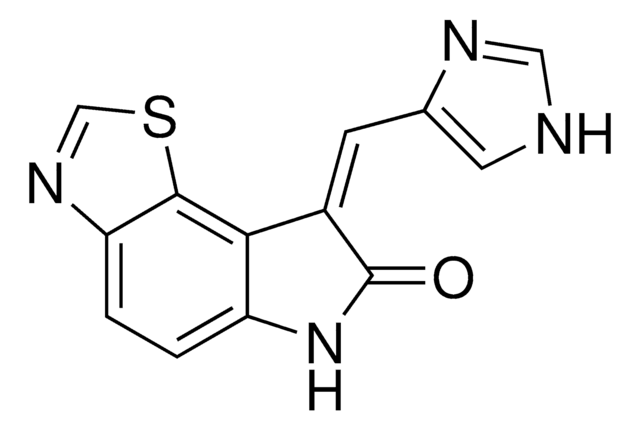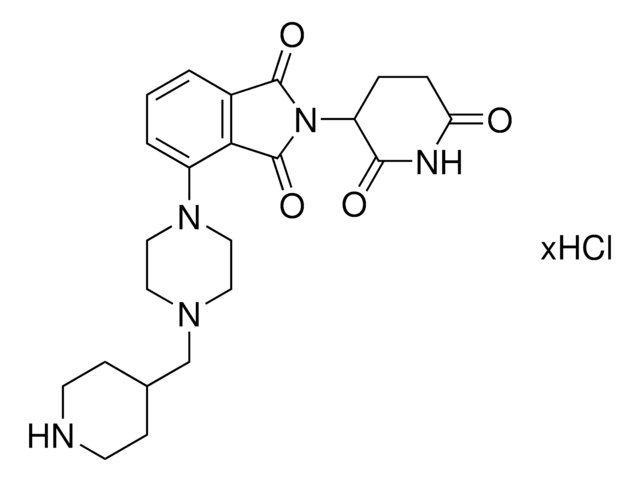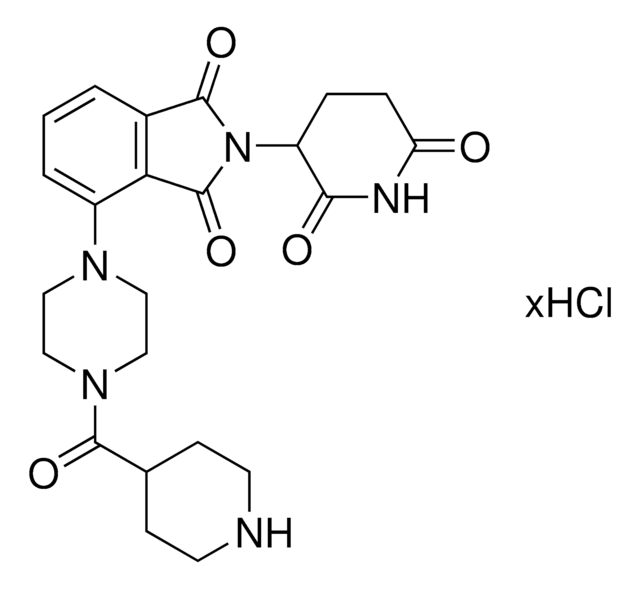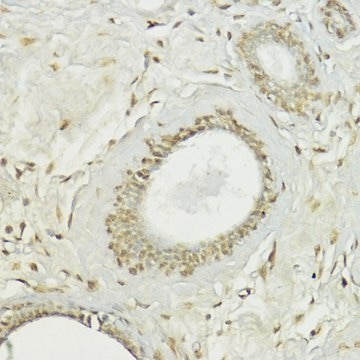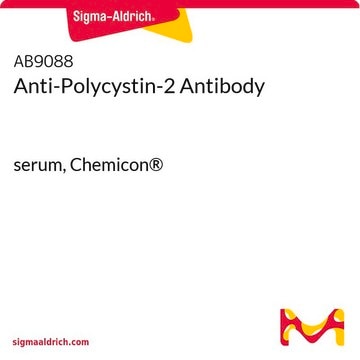General description
Zinc finger protein SNAI2 (UniProt: O43623; also known as Neural crest transcription factor Slug, SLUG, Protein snail homolog 2) is encoded by the SNAI2 (also known as SLUG, SLUGH) gene (Gene ID: 6591) in human. SLUG is a transcriptional repressor that modulates both activator-dependent and basal transcription. It is expressed in most adult human tissues, but is not detected in peripheral blood leukocyte. It is observed in discrete foci in interphase nuclei and these nuclear foci do not overlap with the nucleoli, the SP100 and the HP1 heterochromatin or the coiled body, suggesting its association with active transcription or active splicing regions. SLUG is shown to repress BRCA2 expression by binding to its E2-box-containing silencer and recruiting CTBP1 and HDAC1 in breast cells. It contains a SNAG domain (aa 1-20) that resembles a histone H3-like structure and functions as a molecular hook for recruiting LSD1 to repress gene expression in metastasis. SLUG is shown to be involved in the generation and migration of neural crest cells. It also plays a role in mediating RAF1-induced transcriptional repression of the TJ protein, occludin (OCLN) and subsequent oncogenic transformation of epithelial cells. In epidermal keratinocytes, it binds to the E-box in ITGA3 promoter and represses its transcription. SLUG is also involved in the regulation of ITGB1 and ITGB4 expression and cell adhesion and proliferation in epidermal keratinocytes. It can bind to E-box2 domain of BSG and activate its expression during TGFB1-induced epithelial-mesenchymal transition (EMT) in hepatocytes. SLUG phosphorylation by GSK-3 beta results in cytoplasmic localization and degradation. Mutation in SNAI2 gene can cause Waardenburg syndrome 2D that is characterized by sensorineural deafness, pigmentary disturbances, and absence of dystopia canthorum. (Ref.: Lin, Y et al. (2010). EMBO J. 29(11); 1803-16).
Specificity
This rabbit polyclonal antibody detects SLUG/SNAI2 in human cells. It targets an epitope within 12 amino acids from the N-terminal half.
Immunogen
Epitope: unknown
KLH-conjugated linear peptide corresponding to 12 amino acids from the N-terminal half of human Zinc finger protein SNAI2.
Application
Anti-SLUG (SNAI2), Cat. No. ABE993, is a highly specific rabbit polyclonal antibody that targets Zinc finger protein SNAI2 and has been tested for use in Immunohistochemistry (Paraffin) and Western Blotting.
Immunohistochemistry Analysis: A 1:250 dilution from a representative lot detected SLUG (SNAI2) in human bone marrow and human pancreas tissues.
Research Category
Epigenetics & Nuclear Function
Quality
Evaluated by Western Blotting in HepG2 cell lysate.
Western Blotting Analysis: 2 µg/mL of this antibody detected SLUG (SNAI2) in 10 µg of HepG2 cell lysate.
Target description
~31 kDa observed; 29.99 kDa calculated. Uncharacterized bands may be observed in some lysate(s).
Physical form
Affinity Purified
Format: Purified
Purified rabbit polyclonal antibody in buffer containing 0.1 M Tris-Glycine (pH 7.4), 150 mM NaCl with 0.05% sodium azide.
Storage and Stability
Stable for 1 year at 2-8°C from date of receipt.
Other Notes
Concentration: Please refer to lot specific datasheet.
Disclaimer
Unless otherwise stated in our catalog or other company documentation accompanying the product(s), our products are intended for research use only and are not to be used for any other purpose, which includes but is not limited to, unauthorized commercial uses, in vitro diagnostic uses, ex vivo or in vivo therapeutic uses or any type of consumption or application to humans or animals.
